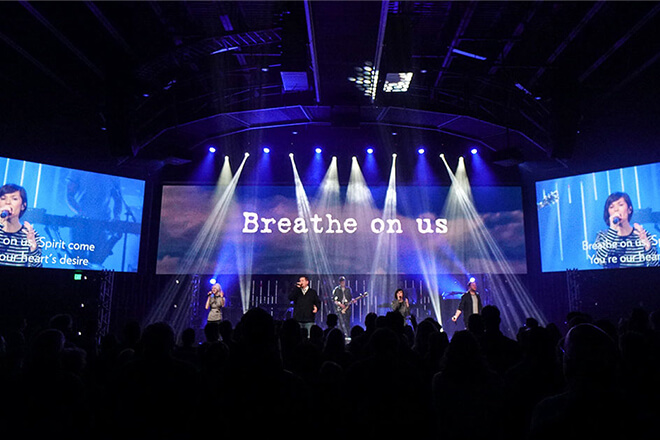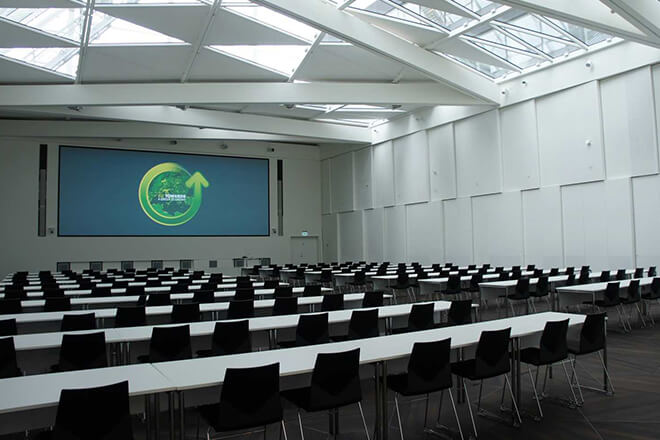
LED is almost an essential feature for any high-end event – it is the “facade responsibility” of the venue layout, beautifying the entire event and adding a lot of interactive pleasure. However, if you are new to the LED screen industry, it can be difficult to understand and distinguish many models in depth, as well as some professional terms.
Allow BIBILED to respond for you today!
1. What is P2? What is P3?
First of all, we need to know, what does P mean? – P represents the pixel pitch.
The smallest image element in an LED display is called a pixel. generally referred to as “point” or “pixel point.”
The dot pitch is often expressed as P + a number, where the number indicates the distance in millimeters (mm) between two pixels.
P2’s dot pitch is 2mm, while P3’s dot pitch is 3mm.
2. What is the difference between P2 and P3?
- Difference 1:
The dot pitch of the P2 screen is lower under the same screen size and model, so the presented image is more detailed and high-definition. Simultaneously, the smaller the dot pitch, the higher the price.
- Difference 2:
Because P3 has fewer pixels per square meter, it has a higher brightness than P2. If the LED screen will be positioned indoors near a window, P3 with increased brightness is required.
- Difference 3:
The point density differs. In P2, there are 250,000 pixels accessible per unit area. In P3, on the other hand, 110,000 pixels are obtained per unit area.

3. When to choose P2 LED screens and when to choose P3 ?
As previously stated, the lower the P value, the greater the ability to restore image details, and the higher the cost of the associated screen.
The choice of the P value is primarily determined by the viewing distance.
Optimal viewing distance of an advertising screen = dot pitch/(0.3~0.8)
For example, a display panel with a dot pitch of P16 (16mm) has an optimal viewing distance of 20 to 54 meters. If you stand close, you can see the individual pixels on the screen, and the graininess is relatively intense. However, if you stand far away, it is difficult to differentiate the specifics of the characteristics with the naked eye.
As a result, choosing the P number does not imply that the smaller the better; the best way is to compute the point spacing based on the visible distance of the activity.
P2, for example, is an indoor small-pitch LED display model that is frequently used in government and institutional indoor spaces and has specific requirements for close-up viewing. P3, on the other hand, is an indoor high-definition LED display model that is frequently used in conference rooms, lecture halls, exhibition halls, projection, corridor aisles, and so on. It is appropriate for an exterior viewing distance of 3 meters and an area of more than 4 square meters, with a superior effect.

4. What is the difference in price between P2 and P3?
Smaller pixels, in fact, consume more electricity and are more expensive to produce. However, smaller pixels can provide higher resolution. In other words, the greater the resolution, the greater the cost.
It all depends on your requirements.
5. Conclusion
LED screens P2 and P3 have distinct models, prices, points, and viewing distances, which is an overall summary of the differences between them. A specific analysis must be chosen while selecting an LED screen. It’s important to note that outdoor and interior led screens are distinct from one another. The brightness may not be up to the required level for outdoor use in smaller models. You can contact BIBILED if you have any questions, we look forward to your consultation.
